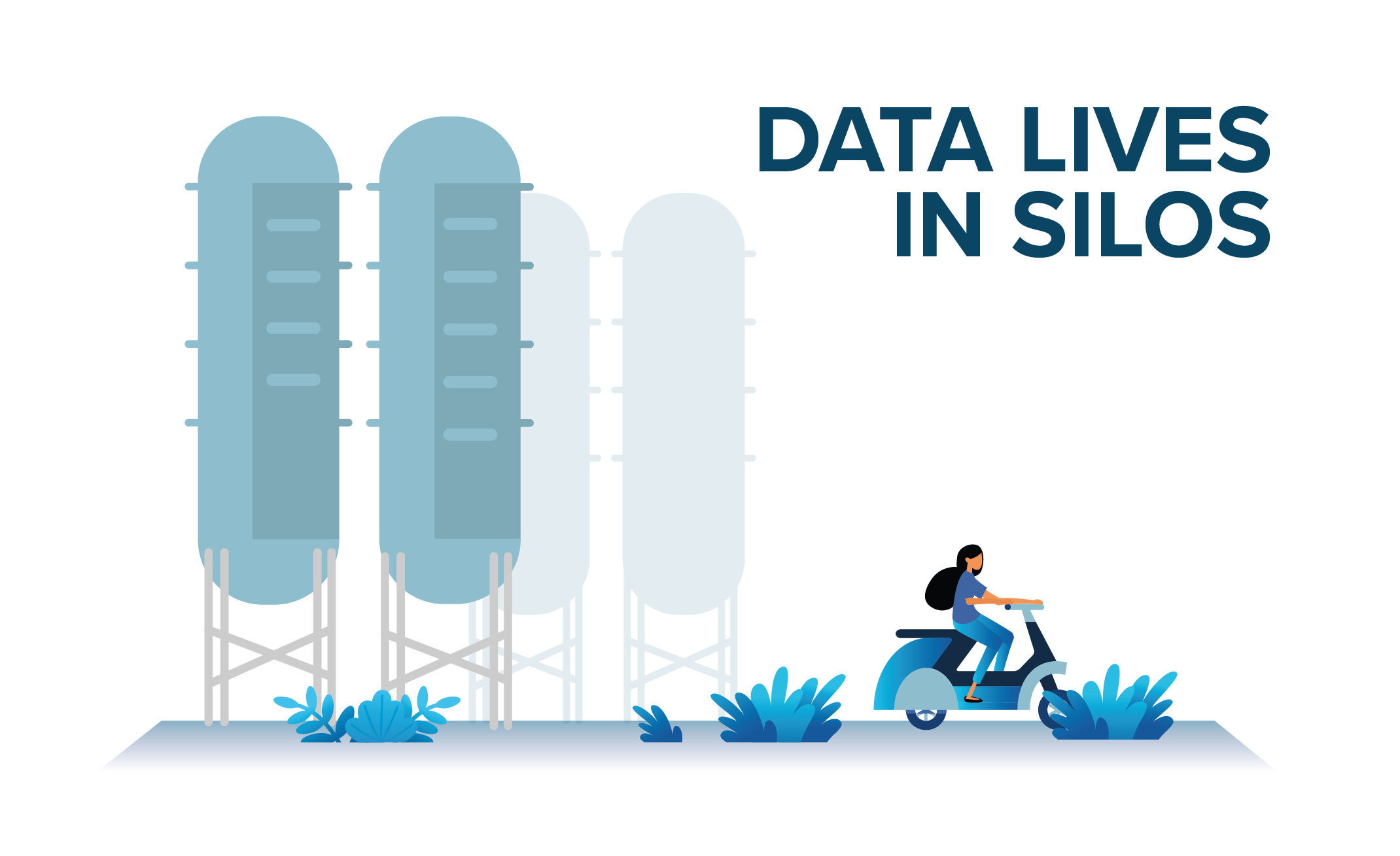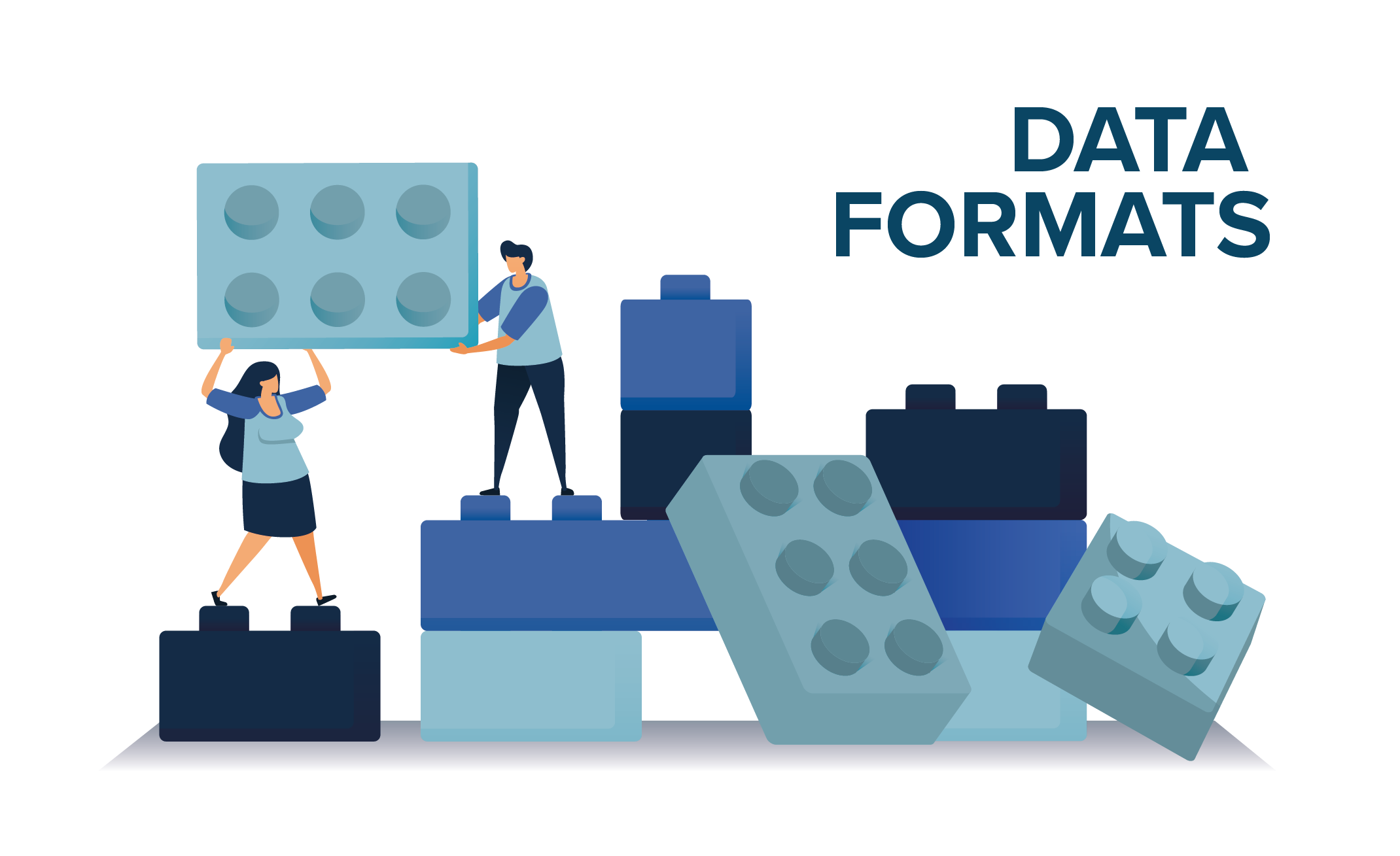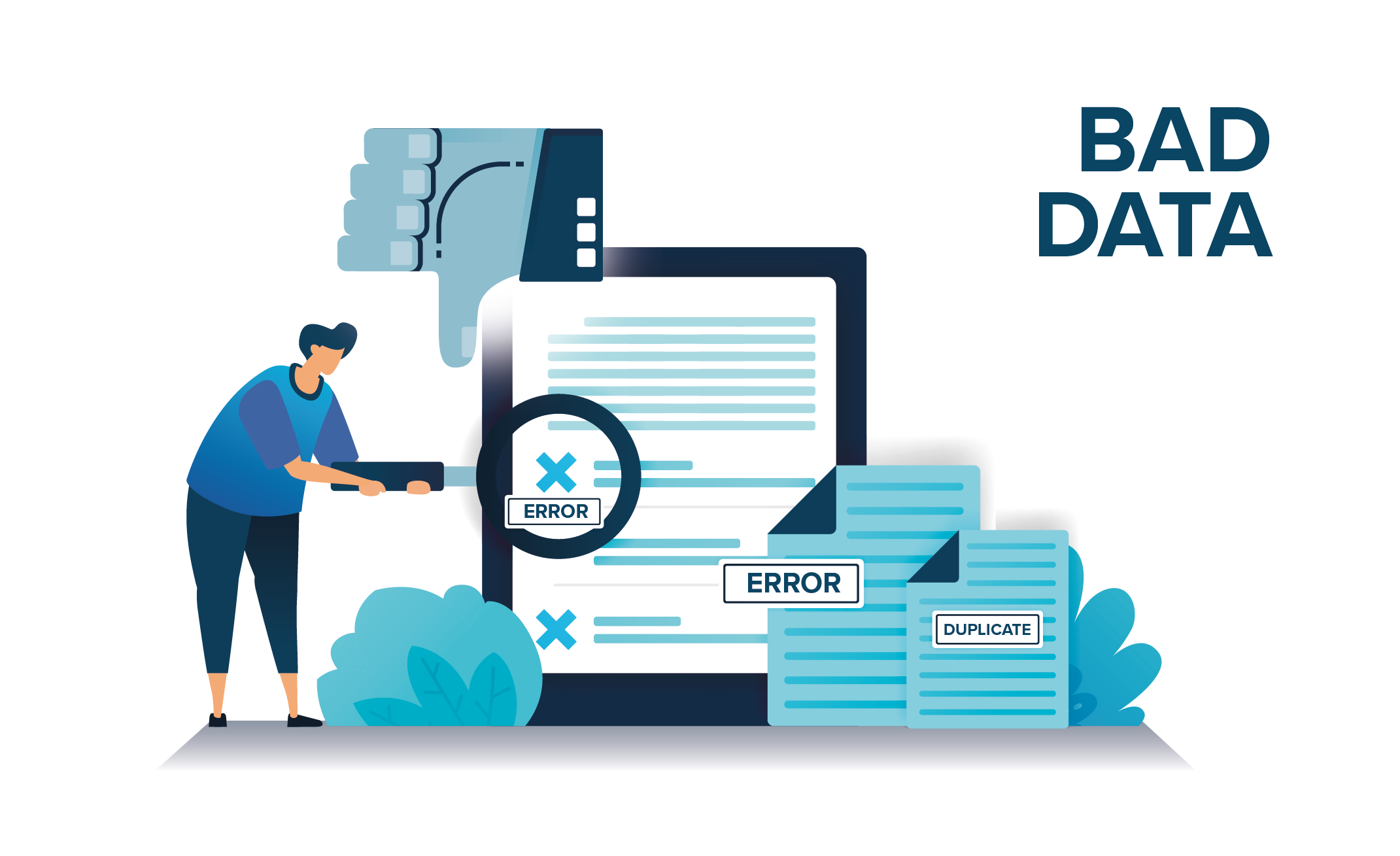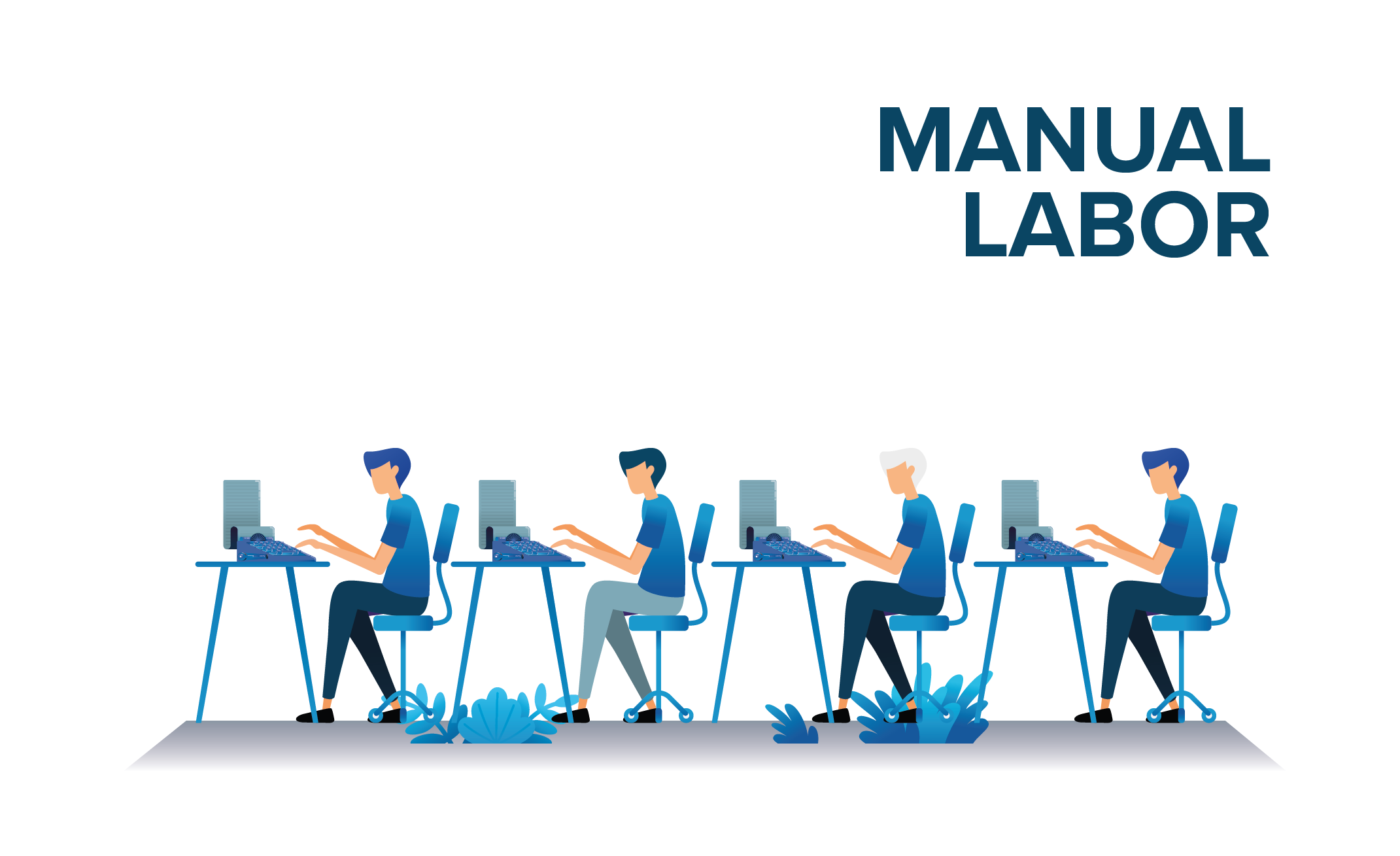Companies collect enormous amounts of data over time, from operational data such as orders and stock values, to financial data such as pricing, payments, bank statements, and even external information such as demographics, benchmarking data, social media,….
Only a few legacy software companies supply an all-in-one package. These packages may give you the advantage of integration but are usually not known for their attractive pricing mechanism or usability. Companies will therefore mostly own several applications and databases to store this data.
The more there are applications and databases present in an organization, the harder it gets to provide business with a logical and structured overview of all relevant functional data.
Applications may have the ability to communicate ‘one-on-one’ through APIs and different platforms but someone with the skills to access all this data is hard to find.
Data Vault 2.0
The Data Vault 2.0 modelling technique has grown to a standard used in the development of a Data Hub. It is one of the foundations for our data integration projects and is therefore one of the keys to the success of these projects.
Data Vault 2.0 contains a high quality standards and best practices which lead to an easily automated technique that in turn leads to lower risk and faster implementation and time to market.







